If you love buckets and survival, you’ve landed in the right place, as today’s article is about 5-gallon buckets and survival, or how to use an already-legendary item in the prepper community for building a survival kit.
And yes, I am talking about the famous 5-gallon bucket, which seems to be at the top of the list when it comes to survival and sustainable development.
Besides gardening, building pyramids, and putting a man on the moon, this inconspicuous item can be used for improvising an emergency/survival kit as it’s large enough to hold quite a few items of survival gear, it’s tough and water resistant, and it’s pretty easy to carry around depending on what’s in it.
These DIY emergency kits are easy and cheap to made, and in a crisis situation they’ll prove to be highly valuable.
3 Second SEAL Test Will Tell You If You’ll Survive A SHTF Situation
The idea is to have as many as possible placed in strategic places, i.e. one in your car, one in your basement, one in your vacation home, one in your office – you know what I’m talking about.
To begin with, let’s concentrate a bit on the bucket itself. Not all buckets are created equal; you need to get a good one that hasn’t been used to store toxic chemicals.
How to Choose a High-quality Bucket
Here are a few places where you can get a high-quality (as in solid) 5-gallon bucket for free:
- Wendy’s
- Tim Hortons
- Dunkin Donuts
- Sam’s Club
- Chick Fill A.
You can also try Mc Donald’s, Walmart and Subway but these guys are so environmentally conscious that they usually recycle their plastic buckets. It’s worth a try anyway.
Also, you should go for food grade buckets at all times, because you never know what you’ll be storing inside after all, besides your emergency survival kit, alright?
Another important factor to consider is that your bucket is strong enough to withstand pressure and comes with a plastic lid – that’s quite important.
If cruising the multinational corporations proves to be unsuccessful in terms of acquiring free 5-gallon buckets, you can always go for the unthinkable option and buy some from Home Depot, Foodland, McHappy’s, Lowes or FireHouse Subs. A brand new bucket from these guys will cost you anywhere from 2 to 5 bucks, lid included (the lid may cost extra).
These are just a few ideas, so don’t start throwing rocks; I’m only a messenger. If you’re not happy with my tips and tricks, just use your imagination.
If you end up with free but stinky plastic buckets (the ones which were used for storing pickles are the smelliest) don’t worry, they can be cleansed in a jiffy with a solution made of 1 gallon of hot water and 1/3 cup of bleach. The same stuff can be used for cleaning your bathroom by the way, but don’t tell anybody.
Another interesting factoid to consider: the best food-grade buckets are marked with a 2 on the bottom. The number represents the type of plastic used in its construction and 2 is the least toxic variety. However, if you put Mylar bags inside, you can forget about the food grade status of your bucket.
If you’re definitely never going to store food inside the bucket, it doesn’t really matter what you use.
With the “how to choose the ideal-5 gallon bucket for my prepping endeavor” science taken care of, let’s move on to the most important part of the story.
What to Put in Your 5 Gallon Bucket Survival Kit?
Well, there are various schools of taught about the actual content of a proper emergency kit, but let’s play it safe and follow the golden rule of survival, or the holy trinity.
The trinity of survival goes something like this: regardless of what you’re thinking about, whether it’s an alien invasion or a natural disaster, you’ll have to take care of 3 main things if you want to stay alive and tell the story to your kids, friends, or favorite pets: food, water and shelter, that about sums it up.
With all these simple things considered, your survival emergency kit must be able to provide you with the necessary items/gear/stuff or whatchamacallits for allowing you to eat, drink and stay safe for at least 3 days (the more the better).
Video first seen on Robert Martin.
With water being a crucial survival item, you should pack 3-4 water bottles in your survival bucket, along with a quality water filter. The problem with water is that it’s voluminous and heavy to carry around, so you’ll have to figure that out for yourself (I am talking about how many bottles of water to store in your emergency kit depending on your geo-location).
Freeze dried meals are also must-have items in a survival emergency kit, together with a few protein bars, chocolate, and other long shelve life, easy to carry, light, compact, and high-calories foods. A rip stop tarp is essential, as it can be used for a number of purposes, including as a makeshift shelter (a 6×8 would be enough, and grommet holes are a must).
Tip: disguise your 5-gallon bucket survival kit into an Ottoman and hide it in plain view (think along the lines of easy to grab if SHTF).
Video first seen on Emma Catherine.
These are the most basic items to store inside your 5 gallon bucket survival kit, i.e. food, water and shelter. But there’s plenty of room left, so let’s go a little bit more high tech: a gun would be nice, also a quality survival knife, which is essentially a multi-tool. Being able to protect yourself and your family, especially in a crisis, is crucial. A few extra rounds of ammo wouldn’t hurt either.
A fire starter kit/BIC lighters, some weatherproof matches, duct tape, a mini multi tool (I’d go for a Leatherman), a whistle, and some wet wipes would be nice to have in any emergency situation I can think of, so keep those in mind too. A compass, an LED lighter with some spare batteries, a couple of N 95 dust masks and a small sliding saw would be also advisable to add to your survival stash.
A shortwave radio is essential in a catastrophe as it gives you the possibility to gather essential intel from local authorities, so throw one in just in case – the smaller the better.
Paracord! Need I say more? Check out my articles about paracord if you have any doubts. 25’x2 would do.
A cool addition for your survival kit would be several 30-gallon trash bags, as they can be used for various purposes, including as a makeshift rain poncho.
A first aid kit is a must, together with some over the counter/prescribed medicine, depending on one’s health condition.
A couple of Mylar thermal blankets would be nice as they’ re awesome if you have to camp outdoors and they take up so little room it really doesn’t matter.
If you still have room left, you can consider split leather gloves, extra batteries (for your radio/flashlight, remember?), glow sticks, safety goggles, a can opener, a sewing kit, a bar of soap and even some toothpaste/toothbrushes.
Another handy item to have in your emergency survival kit provided you have enough room for it would be a solar charger for your cellphone (I’d go for an old-school feature phone with long-lasting battery and all that). You can find those on the Internet (Amazon etc).
A 5 gallon bucket survival kit is a life saving equipment to grab in a crisis situation when panic is the greatest killer.
How long will you survive in a SHTF situation?
Click the banner below and find out more!
This article has been written by Chris Black for Survivopedia.


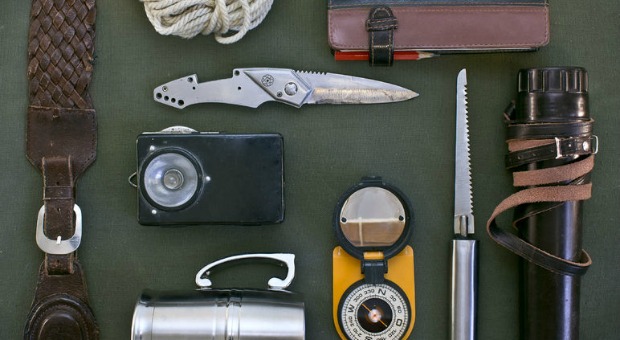
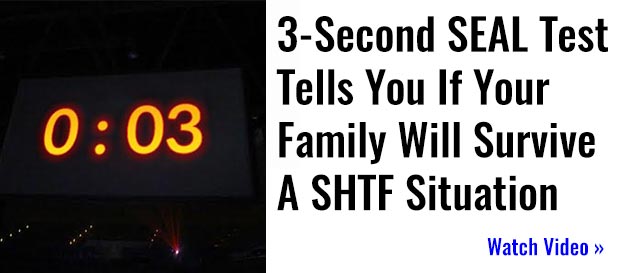
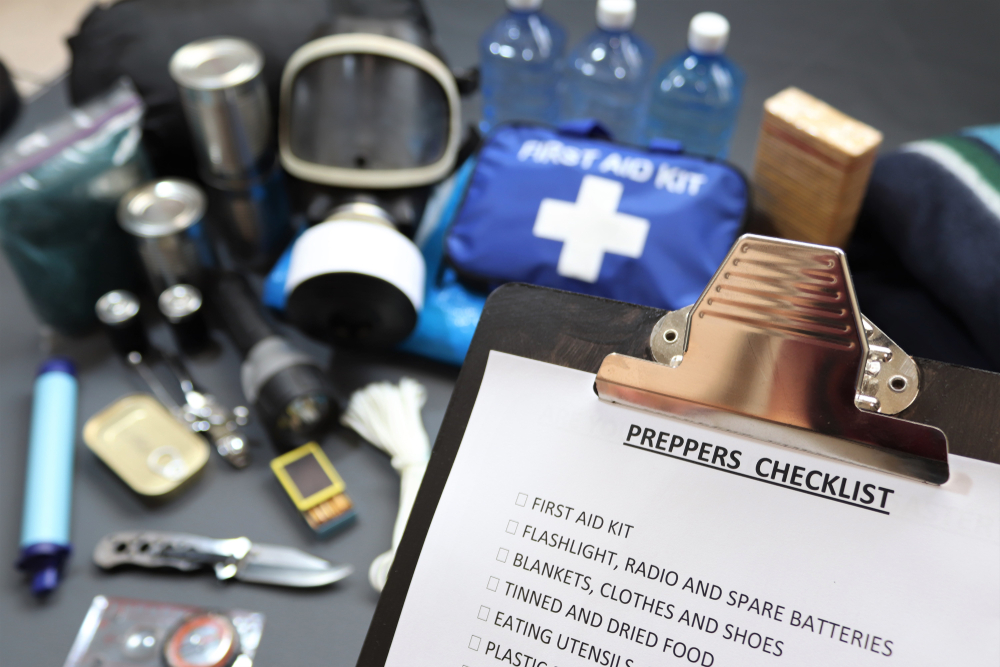
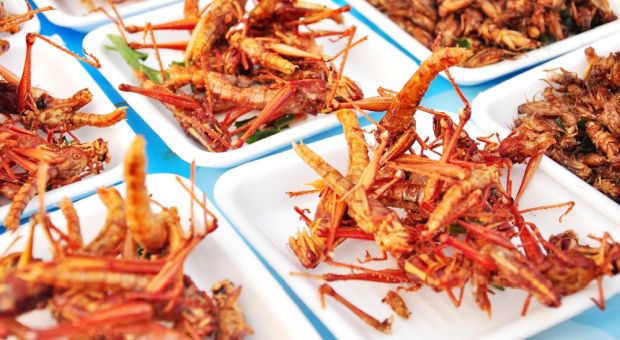
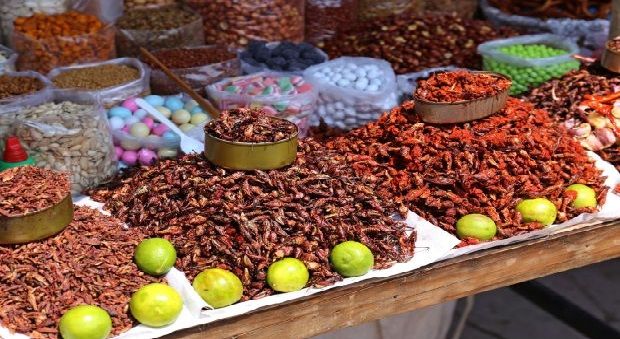


Sandra Fenter | March 31, 2017
|
How long will these items store or fo inert to replace them every so often?
John E Harper | March 31, 2017
|
Keep me posted.
Roger Knotts | April 1, 2017
|
For starting a fire could I suggest cotton balls or bulk and Vaseline. Rub Vaseline
all over cotton,they make good fire starters and light easy. Also I have different ways to light a fire.Waterproof matches,throw away pocket lighters and some self contained lighters you strike like a lighter with lighter fluid in it and the screw in
striker. Don`t rely on one method.
Roger Knotts | April 1, 2017
|
P.S. Don`t forget toilet tissue. Very useful in many ways.
Cheryl Smith-Bell | April 3, 2017
|
Females need femanine products[pads and tampons and TP], which also double as bandages and remember tampons will plug a bullet hole[stop the bleeding]
Charles Tustison | July 22, 2020
|
Tampons are not good for first aid. They are designed to remove blood. Bandages are used to keep blood in. Also, while tampons and sanitary pads are good for short term, they take up a lot of space. Talk to your OB/GYN about alternatives that can be reused/laundered.
MustangWriter | April 15, 2017
|
I’m glad I came across this article. I’ve been contemplating what to put into my 5 gallon cache. You pretty much confirmed I’m on the right track. Thanks.
MustangWriter | April 15, 2017
|
p.s. I’ve opted for small bills AND constitutional silver coins (pre-1964 coinage which some call junk silver).
Pingback:Playing Hide-And-Seek with FEMA? Here’s How to Win | Survivopedia | July 25, 2017
|
robnot | March 1, 2020
|
on the Ottoman cover.. sew 2 heavy duty straps on the inside.. so when needed, reverse bag an carry like back pack..
or at least put a day pack inside to carry the stuff , an free up your arms…